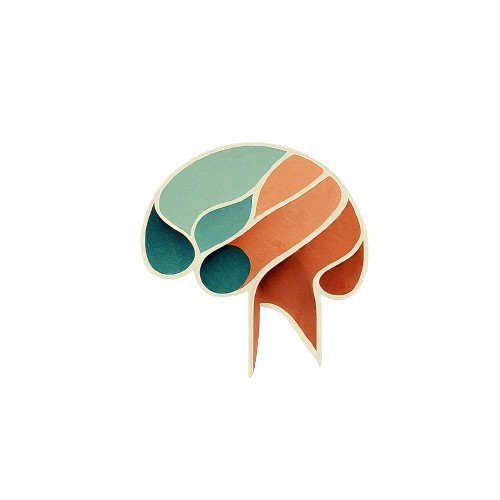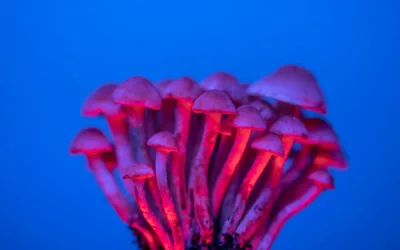From festive eggnog at Thanksgiving to celebratory champagne on New Year’s Eve, alcoholic beverages play a central role in our holiday traditions. While these drinks often enhance the celebratory spirit, the way we use them during the holiday season can sometimes lead to complications.
For many, having a drink or two is a common way to unwind and enjoy the festivities. However, it’s essential to recognize when this habit might cross the line into problematic territory. To distinguish between drinking for enjoyment and drinking as an escape, we consulted with addiction specialists to provide clarity.
The Role of Alcohol in Holiday Celebrations
Alcohol is deeply ingrained in holiday celebrations. Whether it’s a special holiday-themed cocktail or a bottle of wine gifted to a host, these drinks are almost ubiquitous in our festivities.
Holidays are a time for connecting with friends, family, and colleagues, and the celebratory atmosphere can often lead to increased alcohol consumption. Jessica, a communications professional, admits that she often drinks more than planned due to the festive environment. While occasional overindulgence may seem benign, it can sometimes indicate a deeper issue.
Understanding the Reasons Behind Drinking
People have various motivations for drinking. Some do it for enjoyment, while others may drink to fit in or to escape difficult emotions. Understanding the difference between these motivations can help in identifying potential problems.
Reward Drinking Reward drinking is characterized by drinking for pleasure. It involves savoring the moment and the joy of socializing, and while it might lead to an extra drink or two, it typically doesn’t pose significant problems beyond the occasional hangover.
Relief Drinking On the other hand, relief drinking involves using alcohol as a coping mechanism. This form of drinking is often a response to stress or emotional pain, and it can be more problematic. When alcohol is used to escape unpleasant feelings or cope with stressful situations, it can lead to unhealthy dependence.
Recognizing Gray Area Drinking
Gray area drinking refers to the ambiguous space between casual drinking and alcohol dependency. It can be challenging to determine whether one’s drinking habits are crossing into problematic territory. Addiction specialist Angeleena Francis, LMHC, defines gray area drinking as the stage between social drinking and alcohol dependency. This phase often involves recognizing that drinking may be causing issues without yet reaching the level of a full-blown alcohol use disorder.
Dr. Bruce Bassi, board-certified addiction psychiatrist, explains that gray area drinking is similar to other behaviors that exist on a spectrum, such as anxiety or depression. Signs of this type of drinking might include:
- Feeling regret after drinking
- Experiencing blackouts or memory lapses
- Encountering legal trouble related to drinking
- Missing work due to drinking-related issues
- Struggling to control drinking once started
- Relying on alcohol to manage social anxiety
- Drinking more frequently than peers
These signs, while not definitive of severe alcohol use disorder, indicate that drinking habits may need attention.
What If You Choose Not to Drink?
Choosing not to drink at holiday gatherings can sometimes lead to feelings of discomfort or stigma. Individuals may worry about being judged or feeling left out. Addiction specialist Francis notes that those who abstain from alcohol might feel labeled or pressured to explain their choice.
For individuals with a history of alcohol issues, not drinking can also be challenging. Dr. Bassi suggests that avoiding alcohol can bring up feelings of temptation, jealousy, or discomfort due to the social pressures and triggers associated with drinking environments.
Tips for Responsible Drinking During the Holidays
If you want to enjoy holiday festivities while avoiding gray area drinking, consider these strategies:
1. Set Limits Decide in advance how many drinks you’ll have and stick to this limit. Being clear about your drinking goals helps maintain control and prevents excessive consumption.
2. Find an Accountability Partner Share your drinking goals with a trusted friend or loved one. They can help you stay on track, especially at events with an open bar.
3. Alternate Your Drinks Switch between alcoholic and non-alcoholic beverages to slow your drinking pace. Drinking water or other non-alcoholic options between alcoholic drinks can help you stay hydrated and reduce overall consumption.
4. Use Measuring Tools To ensure you’re consuming standard drinks, use a shot glass or ask for single servings from the bartender. Adding extra ice can also help reduce the amount of alcohol in each drink.
5. Set a Drinking Pace Use a timer to pace yourself, such as allowing one drink per hour. This method aligns with the average rate at which the body metabolizes alcohol, helping to prevent overindulgence.
The Connection Between Alcohol and Mental Health
Excessive drinking can also impact mental health, potentially exacerbating conditions like depression. If you find it challenging to control your drinking despite trying these strategies, it might be time to seek professional help.
When to Seek Professional Help
If you experience any of the following, it may be time to consult a healthcare professional:
- Craving alcohol or feeling unwell when its effects wear off
- Needing more drinks to achieve the same effects
- Facing negative consequences from drinking but continuing anyway
- Avoiding activities you once enjoyed to drink
Consulting a primary care physician can be a crucial first step. They can assess your drinking habits and overall health and recommend appropriate treatment options, such as counseling, recovery programs, or medication.



